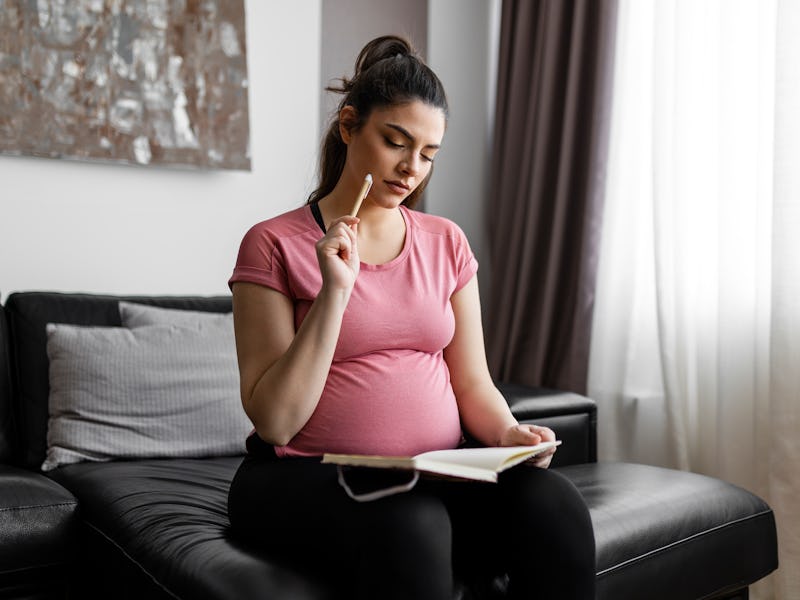The American Heart Association Finally Took Sex Into Account for Stroke Risk — Are You In the New At-Risk Group?
The updated guidelines home in on the stroke risks that women face.

The American Stroke Association, part of the American Heart Association, updated its Guideline for the Prevention of Primary Stroke for the first time in a decade. Published today in the journal Stroke, the new guidelines outline sex-specific factors including pregnancy, hormonal contraception, menopause, and endometriosis.
Every 40 seconds, someone in the U.S. has a stroke, according to the Centers for Disease Control. This event, in which something blocks blood flow to the brain or a blood vessel in the brain bursts, can happen at any age. In the past, the risk factors associated with a high chance of having a stroke were limited to increased age as well as obesity, high cholesterol, and high blood pressure. Now, researchers are finally taking into account recent studies on the specific risk factors for women and those assigned female at birth.
“There has been an explosion of new research on women’s health and stroke risk, so there was quite a bit of new data to draw from for these recommendations,” Cheryl Bushnell, lead author of the recommendations and vice chair of research at Wake Forest University’s School of Medicine, told CNN.
Pregnant and postpartum people face triple the risk of stroke compared to other young adults of a similar age, the guidelines note. Endometriosis, ovarian failure before age 40, and menopause before age 45 are also all associated with an increased risk for stroke. Screening for these conditions, the guidelines say, is imperative.
The guidelines also point out a direct, linear relationship between a higher dose of estrogen and increased stroke risk. Those who used birth control with less than 50 micrograms of estrogen have a lower risk of stroke compared to those who use birth control with higher estrogen content.
“Prior guidelines tended to be sex-agnostic,” Brian Snelling, a neurosurgeon and director of the stroke program at Baptist Health South Florida’s Marcus Neuroscience Institute, told the New York Times. “Now we have more data about sex-specific subgroups, so you’re able to more appropriately screen those patients.”